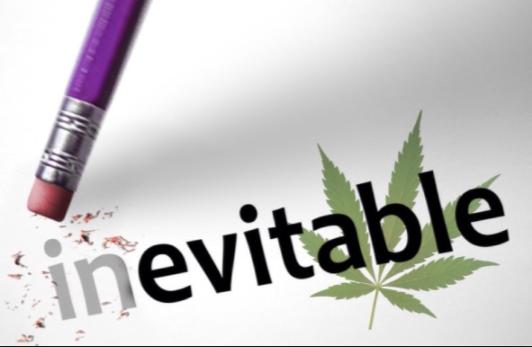Maryland lawmakers are once again considering legislation to regulate the adult use and sale of marijuana to those age 21 or older. Nearly six in 10 residents support this reform, according to a February Goucher poll. But opponents charge that doing so could pose a risk to traffic safety.
Such concerns are not all together unfounded, but deserve to be placed in proper context.
First, it should be stressed that driving under the influence of marijuana is already a criminal offense in Maryland. Nothing in the language of Maryland’s proposed adult use laws changes this reality.
Second, scientific studies consistently find that marijuana-positive drivers possess a comparatively nominal accident risk, particularly when compared with alcohol-positive drivers. In fact, the largest ever controlled trial assessing marijuana use and motor vehicle accidents, published in 2015 by the U.S. National Highway Traffic Safety Administration, reports that marijuana positive drivers possess virtually no statistically significant crash risk compared to drug-free drivers after controlling for age and gender.
By contrast, drivers with detectable levels of alcohol in their blood at legal limits possess nearly a four-fold risk of accident, even after adjusting for age and gender.
This finding is consistent with prior meta-analyses of crash risk data. For example, a review of 66 separate crash culpability studies published in the journal Accident Analysis and Prevention reported that THC-positive drivers possessed a crash risk on par with drivers testing positive for penicillin (Odds Ratio: 1.10 for cannabis versus Odds Ratio: 1.12 for penicillin) This risk is far below that associated with driving with two or more passengers (OR=2.2) and is comparable to the difference between driving during the day versus driving at night.
Further, data from states that have liberalized marijuana’s legal status show no uptick in motor vehicle crashes. Writing in December in the American Journal of Public Health, investigators at Columbia University reported, “[O]n average, medical marijuana law states had lower traffic fatality rates than non-MML states. …. Medical marijuana laws are associated with reductions in traffic fatalities, particularly pronounced among those aged 25 to 44 years. … It is possible that this is related to lower alcohol-impaired driving behavior in MML-states.”
A review of federal FARS data (Fatal Analysis Reporting Systems) further finds that trends in motor vehicle accidents in Colorado and Washington post-legalization are no different than crash trends in non-legalization states over this same period of time.
Nevertheless, the use of marijuana prior to driving ought to be discouraged and better efforts ought to be made to identify drivers who may be under the its influence. These include greater funding for the training of Drug Recognition Evaluators, the use of modified roadside field sobriety tests, and potentially the provisional use of roadside marijuana-sensitive detection technology, such as saliva test or breath test technology.
These efforts should not include the imposition of per se thresholds for THC or its metabolites, as such limits are not scientifically correlated with driver impairment.
Efforts should also be made to better educate the public with regard to the existing traffic safety laws, as well as to the evidence surrounding marijuana’s potential influence on driving. In particular, this messaging should stress that combining marijuana and alcohol greatly impacts driving behavior and is associated with far greater risk of accident than the use of either substance alone.
Such an educational campaign was implemented nationwide in Canada by the Canadian Public Health Association and could readily be replicated in the United States and promoted by groups like the American Automobile Association.
In addition to increasing public safety, implementing these steps would help assuage concerns that regulating the adult use of marijuana could potentially lead to an increase in incidences of drugged driving or limit the state’s ability to successfully identify and prosecute such behavior.
Adults’ consumption of and demand for marijuana is here to stay. It is time for Maryland lawmakers to acknowledge this reality. It is time to stop ceding control of the marijuana market to untaxed criminal enterprises and to regulate its adult use and sale accordingly.
Paul Armentano is the deputy director of the National Organization for the Reform of Marijuana Laws (NORML) and is the co-author of the book “Marijuana Is Safer: So Why Are We Driving People to Drink.”



Write a Letter to the Editor on this Article
We encourage readers to offer their point of view on this article by submitting the following form. Editing is sometimes necessary and is done at the discretion of the editorial staff.